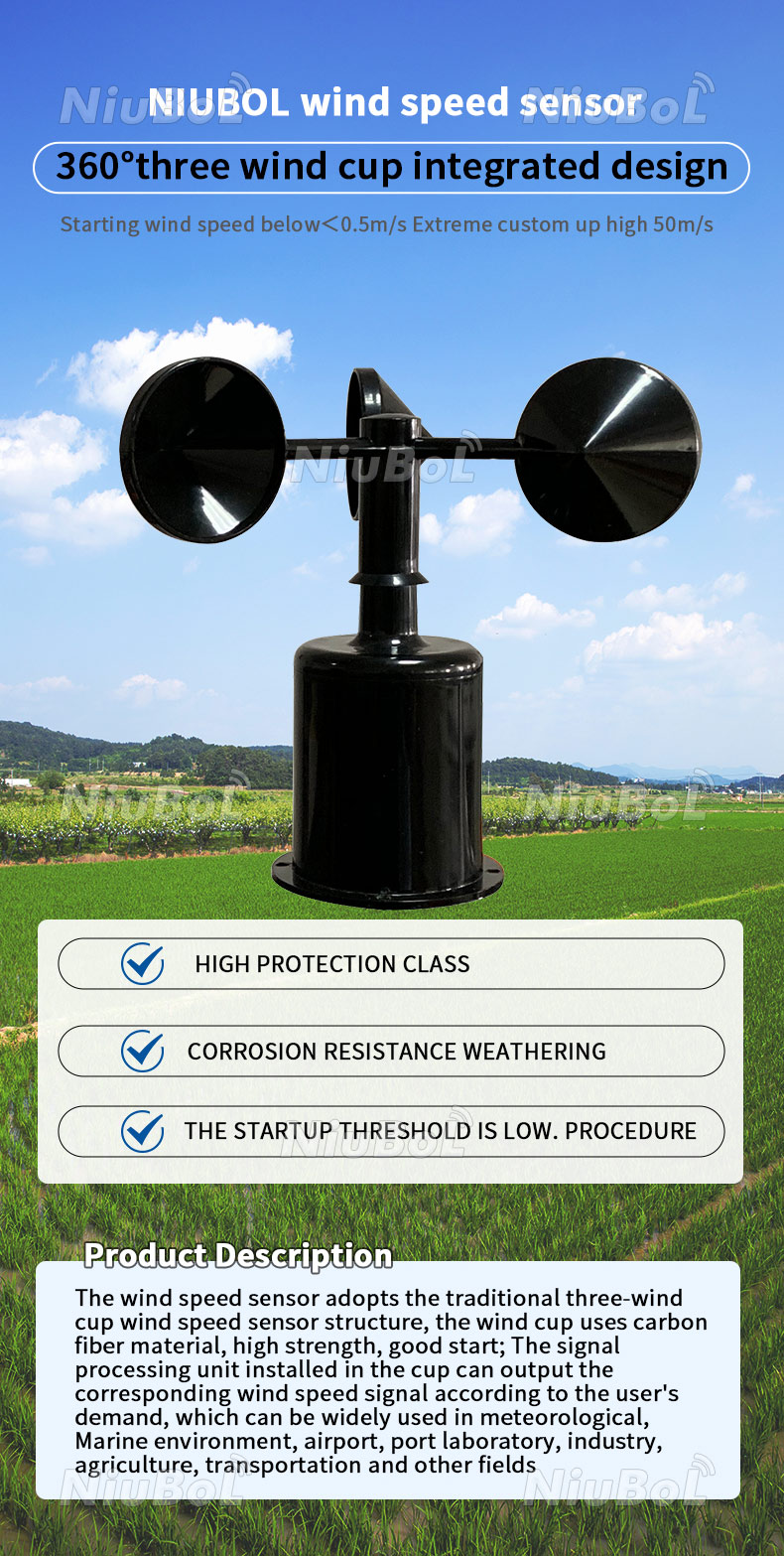The Duty of an Anemometer in Improving Security for Outdoor Activities
All You Need to Find Out About Anemometers: Just How They Function, Why They Matter, and Where to Utilize Them
Anemometers, though commonly overlooked in the world of clinical instruments, play a crucial duty in different areas, supplying valuable understandings right into wind rate and air movement patterns. Comprehending the mechanics behind these tools is vital for any individual looking for to harness the power of this data. From meteorologists tracking climate patterns to designers developing frameworks with wind lots in mind, the applications of anemometers are diverse and far-reaching. As we explore the details of anemometer innovation, we will discover the internal functions of these gadgets, their relevance, and the vital factors to consider when choosing the appropriate anemometer for certain applications.

Anemometer Essentials
A crucial instrument utilized to measure wind rate and instructions, the anemometer plays an essential duty in meteorology and different sectors. An anemometer typically contains 3 or four mugs that turn in the wind, a vane that aims into the wind, and sensing units to track the rotations or motions. By determining the rotations or movements over a certain time duration, the anemometer can identify wind speed. The vane helps determine wind direction by aiming into the wind, providing valuable information for weather condition projecting, air travel, maritime operations, ecological surveillance, and wind power applications.
There are various kinds of anemometers offered, including cup anemometers, vane anemometers, hot-wire anemometers, and sonic anemometers, each with its distinct features and applications. Cup anemometers are generally utilized for standard wind rate measurements, while vane anemometers are preferred for directional measurements. Hot-wire anemometers appropriate for low airspeeds, and sonic anemometers are suitable for high-precision measurements in research and industrial settings. Understanding the basics of anemometers is vital for precise wind information collection and evaluation across various markets.
Principles of Anemometer Procedure
Structure on the foundational understanding of anemometer essentials, the concepts of anemometer procedure elucidate the auto mechanics behind wind speed and direction dimensions. Cup anemometers, for instance, have three or even more cups that catch the wind, creating them to spin quicker as the wind speed increases. Hot-wire anemometers rely on a warmed cable that cools down as wind passes over it, with the rate of cooling determining the wind speed.
Value of Anemometers
Anemometers play a crucial role in determining wind rate and instructions, providing essential information for weather forecasting, environment researches, environmental tracking, and air travel operations. Meteorologists rely on anemometers to collect accurate wind information, assisting them comprehend climate patterns, predict storms, and concern prompt warnings to the public. Wind ranch operators utilize anemometers to analyze wind problems and optimize electrical energy manufacturing from wind turbines.
Applications Across Various Industries
In the renewable energy sector, anemometers play a critical duty in examining wind conditions for wind ranch placements, making sure optimal energy manufacturing. Industries like construction and mining utilize anemometers to check wind speeds, critical for security procedures, specifically when functioning at elevations or in open-pit mines where solid winds can present risks. In agriculture, anemometers aid farmers in managing plant splashing by providing real-time data on wind rate to stay clear of drift.

Choosing the Right Anemometer for Your Needs
Choosing the ideal anemometer customized to your specific requirements is crucial for getting accurate wind rate and direction dimensions. When choosing an anemometer, take into consideration factors such as the intended application, required measurement variety, ecological conditions, and wanted features. For general objectives, a mug anemometer appropriates for measuring wind rate, while a vane anemometer offers wind instructions information. Hot-wire anemometers are perfect for low airspeed dimensions, and ultrasonic anemometers provide high precision and longevity.

Final Thought
In conclusion, anemometers play a critical function in gauging wind speed and instructions my latest blog post throughout numerous sectors. It is essential to think about the value of anemometers in order to make educated decisions when choosing the most appropriate device for gauging wind problems.
There are various types of anemometers readily available, consisting of cup anemometers, vane anemometers, hot-wire anemometers, and sonic anemometers, each with its special attributes and applications. Cup anemometers are frequently utilized for standard wind speed dimensions, while vane anemometers are favored for directional dimensions. Hot-wire anemometers are suitable for reduced airspeeds, and sonic anemometers are suitable for high-precision measurements in research and commercial settings.Structure on the fundamental understanding of anemometer basics, the concepts of anemometer procedure elucidate the mechanics behind wind speed and direction measurements. For general about his functions, a cup anemometer is ideal for determining wind speed, while a vane anemometer offers wind direction information.